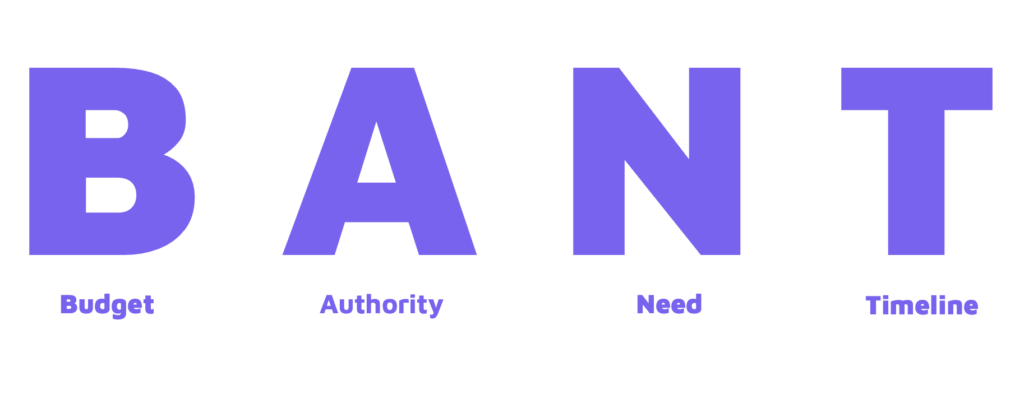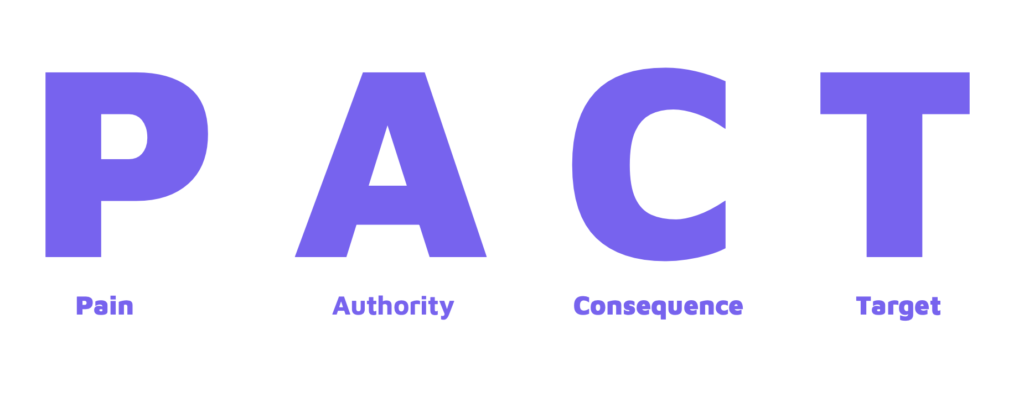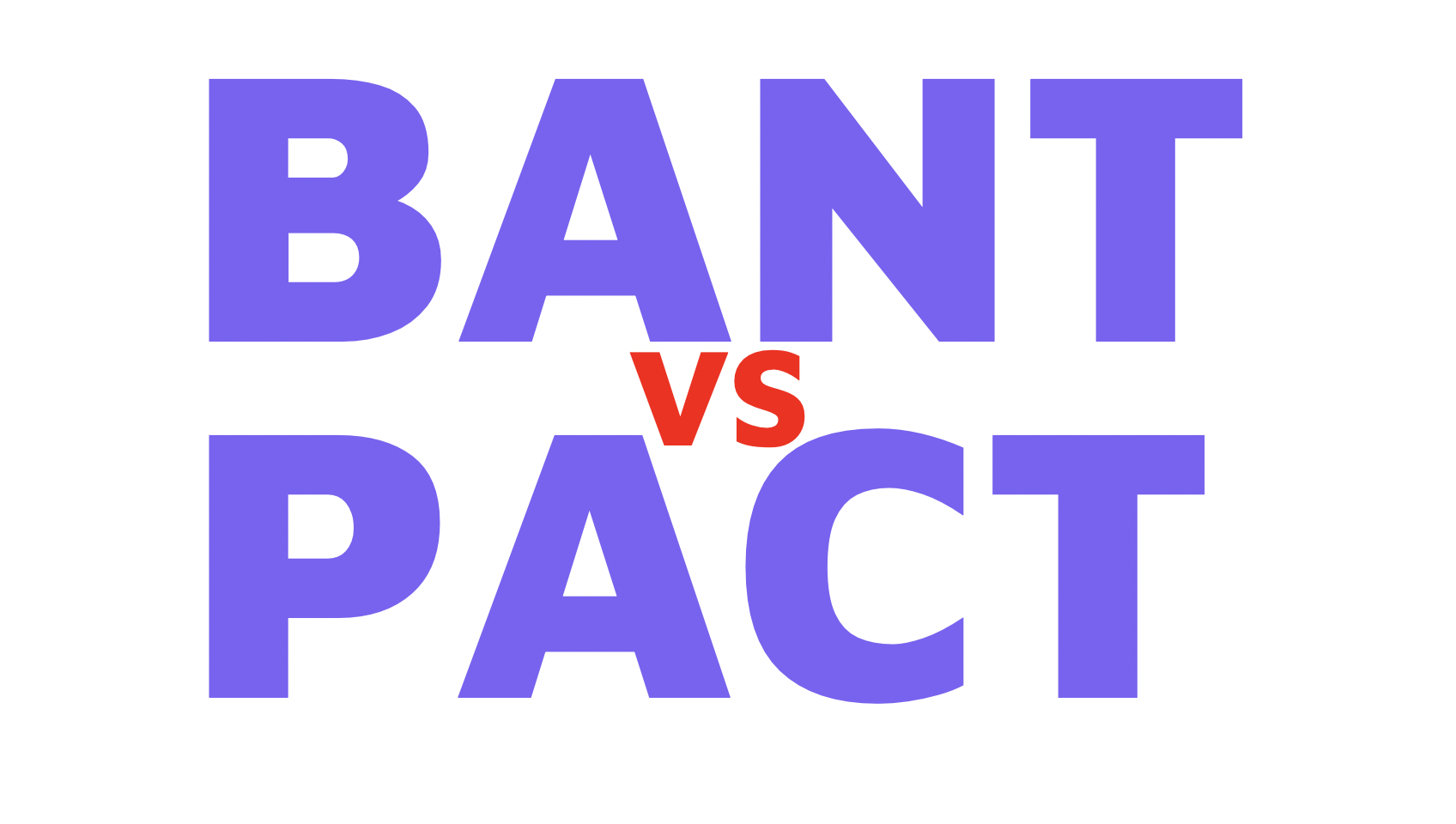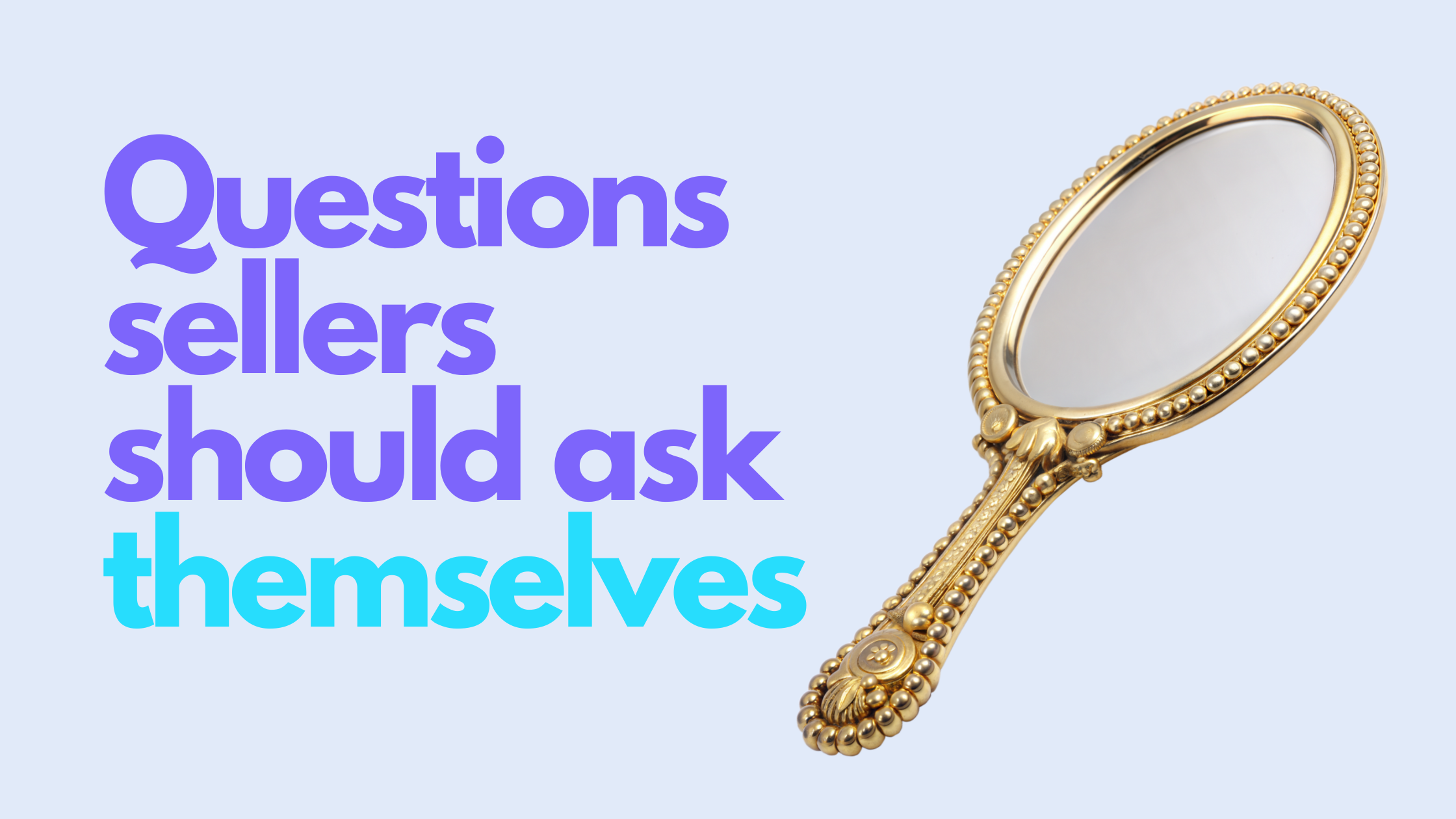Reading Time: 3 minutes
Subscribe
Get the latest Flow State content delivered to your inbox
You can unsubscribe at any time. Privacy Policy.
The hallmark of a healthy and thriving sales organisation is a predictable pipeline. Yet, achieving this elusive state is impossible without relentless and meticulous qualification. Countless hours, resources, and yes, money, are squandered on prospects who simply aren’t the right fit for our product or service. Our mission, then, becomes crystal clear: to qualify out those prospects who don’t belong in our pipeline.
To accomplish this feat effectively, we must establish a shared vocabulary around our pipeline. Every seller and manager within the organisation should be equipped to evaluate an opportunity objectively, discerning its validity and robustness with clarity and confidence. This common language serves as the bedrock of our collective understanding, enabling seamless communication and inform our forecasting.
The next logical question is: “Which qualification methodology shall we employ?”

Originating from IBM in the 1960s, BANT emerged as a simple and flexible sales qualification methodology. This acronym—Budget, Authority, Need, and Timeline—emerged as a guiding light for sales teams, aiding them in navigating the labyrinth of potential leads and directing their focus where it matters most.
Breaking it down:
Budget: This component revolves around a fundamental question—does the prospect possess the financial means to actualize a purchase? It entails a delicate dance of understanding the prospect’s fiscal boundaries while ensuring that your offering aligns seamlessly with their economic reality.
Authority: At the heart of this element lies the quest to identify the gatekeepers within the prospect’s realm. Who holds the power to greenlight decisions? Deciphering whether your interactions are with the pivotal decision-maker or if there’s a need to ascend the hierarchical ladder is paramount.
Need: Here, the spotlight shines on empathy and insight. Delve into the prospect’s world, unravelling their challenges, aspirations, and unmet needs. It’s not just about showcasing your solution but demonstrating its undeniable value in addressing their pain points.
Timeline: Time becomes a precious currency in the world of sales. Understanding the prospect’s urgency, their window of opportunity, is key. Are they poised for immediate action or working within a more protracted timeframe? Such insights can steer your strategy and timing effectively.
Although BANT has endured over time, its lightweight nature makes it most suitable for swift and transactional sales processes. In essence, BANT operates more as a lead qualification tool rather than a comprehensive criteria-gathering mechanism throughout the opportunity lifecycle. This inherent limitation can render it risky, inconsistent, and ultimately unfit for certain purposes.

PACT emerged primarily from the software and SaaS sectors, representing a contemporary evolution of traditional sales qualification methodologies like BANT. Its genesis stems from a recognition of the shifting dynamics in buying processes since the 1960s and the need for a more nuanced approach to qualification.
In many respects, PACT serves as a modernized adaptation of BANT, tailored to address the intricacies of today’s sales landscape. It reflects the changing criteria and red flags indicative of modern buying behaviours, offering a more refined and comprehensive framework for sales professionals to navigate the complexities of the sales process.
Pain: Refers to the prospect’s pain points or challenges that your product or service can address. Understanding the prospect’s pain is crucial for demonstrating the value proposition and relevance of your offering.
Authority: Focuses on identifying the decision-makers within the prospect’s organization. It’s essential to engage with individuals who have the authority to make purchasing decisions or influence the buying process.
Consequence: Involves understanding the potential consequences or impact of not addressing the prospect’s pain points. By highlighting the consequences of inaction, sales professionals can create a sense of urgency and compel the prospect to take action.
Target: Relates to the prospect’s specific goals or objectives that align with your product or service. By aligning your offering with the prospect’s targets, you can position yourself as a valuable solution provider.
Despite its improvements over BANT, PACT has its drawbacks. It’s often seen as too basic, only scratching the surface of opportunities. Just like BANT, it works best for quick sales processes but may fall short in more complex sales motions that require more rigour.
If you’d like to learn more about how we help businesses roll out qualification methodologies you can view our modules here



